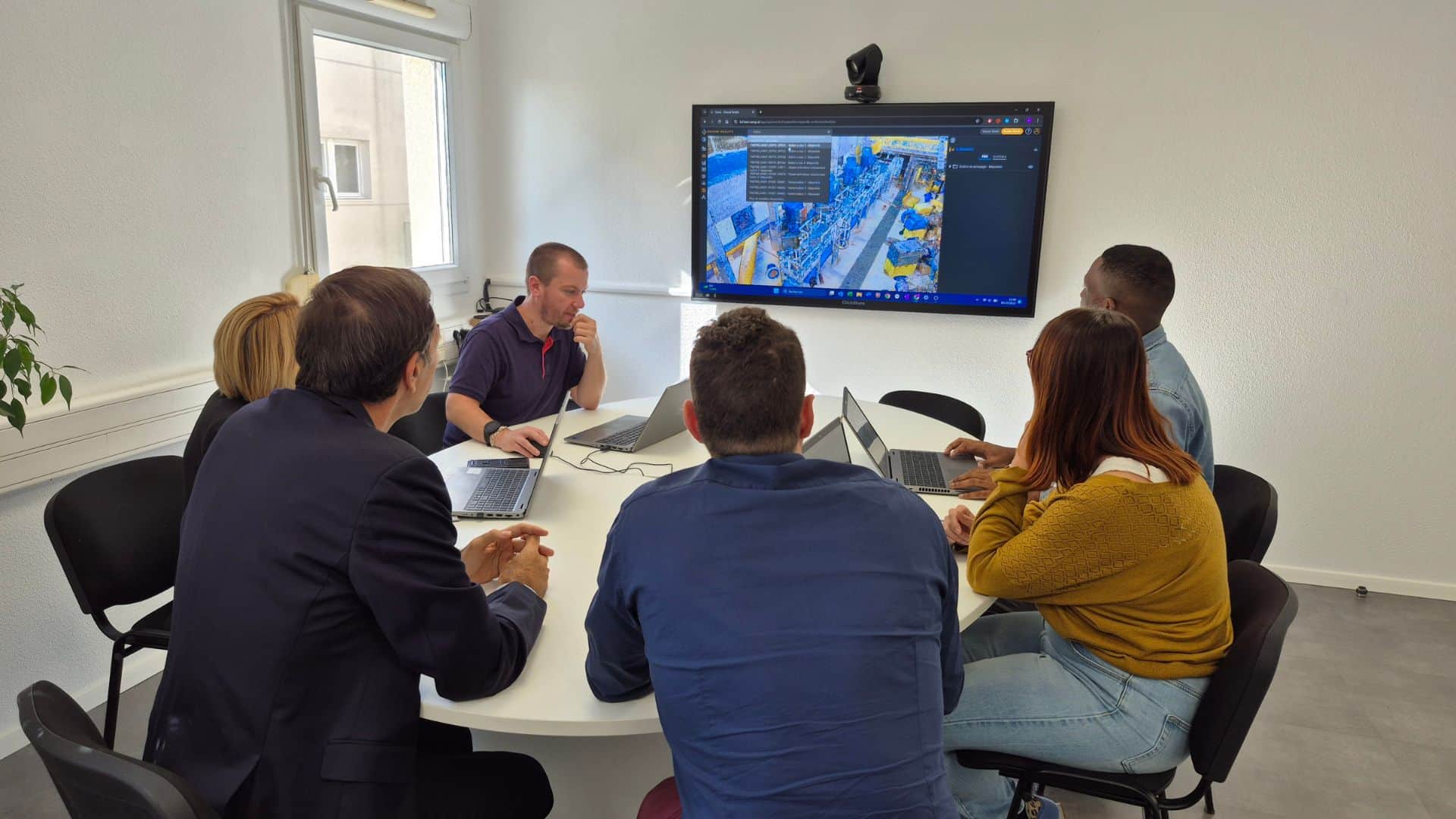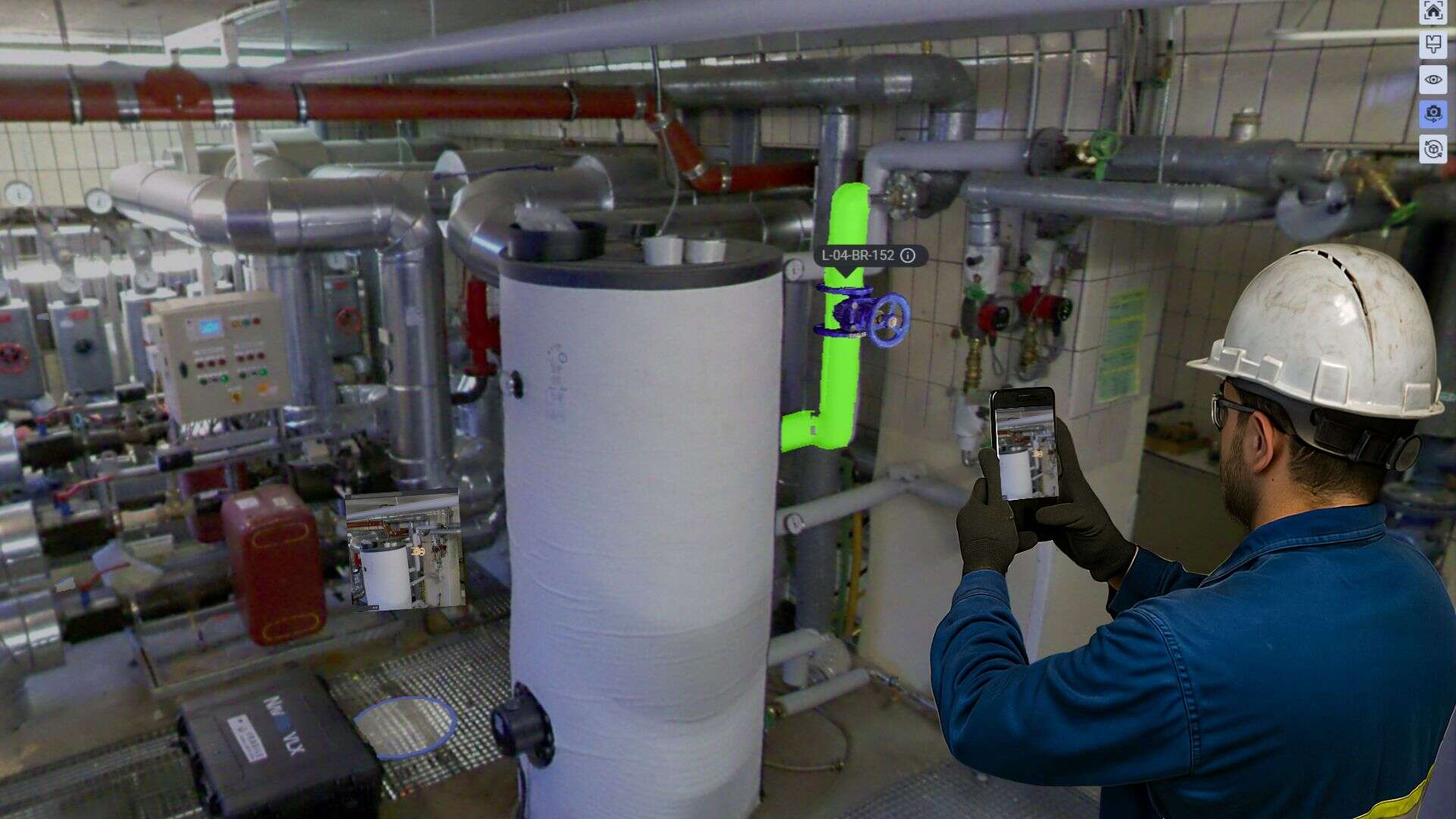Let’s elaborate on this Sam Altman lookalike video of Samp’s CEO Laurent Bourgouin. Heavy industry today is massively adopting Agentic AI – intelligent autonomous systems that can observe, reason, and act with minimal human instruction. These systems are expected to optimize operations, reduce downtime, and improve overall efficiency of any industrial facility.
As mentioned in the post from Vlad Larichev, The new Wharton/GBK report shows 72% of enterprises now track GenAI ROI and 75% see positive returns – yet MIT finds only ~5% are actually achieving scalable, repeatable success. Despite the discrepancy in the adoption reports, we can acknowledge that there are complex organization and operational factors that stall or delay the progress.
The core challenge AI agents often face in real industrial environments : they depend entirely on the accuracy and completeness of the data available to them. Without trustworthy data, even the most advanced AI will make incorrect decisions, leading to operational inefficiencies or system failures.
A lot of operational data in factories, plants, and infrastructure environments is incomplete, inconsistent, or disconnected from what is actually happening in the field. Equipment histories are often partial or mislabeled, and the operator knowledge stays in notebooks and shifts conversations instead of systems.
So in the past, initiatives like IoT analytics, predictive maintenance, and energy optimization have faced the same problem – pilots work, but they break down at scale… because the underlying data does not reflect real conditions of the field.
This is where Shared Reality becomes essential. Before deploying agents that make autonomous decisions, organizations need a verified, continuously aligned view of the physical environment – a shared understanding between people, systems, and AI about the state of machines, processes, and assets. It ensures that data is corrected and contextualized with the field observations. So when data reflects reality, AI agents can finally reason and act with confidence. To make Agentic AI work in the real world, we must continuously fix the data reality layer while automating on top of it, which is the core value proposition of Shared Reality. It is the foundation that turns AI from impressive demos into dependable industrial performance. Moreover, with the Update workflows, it can ensure that the 3D data is continuously aligned with the changes on the field.
Also, Shared Reality does more than just align data – it connects directly into a company’s existing systems. Through APIs, it links ERP, MES, CMMS, SCADA and historian data to field verified 3D. And soon it will support protocols like MCP, allowing it to interact with AI Agents. Instead of adding another data silo, it is the field-validated 3D contextualization layer that all AI agents, analytics, and software can rely on.





